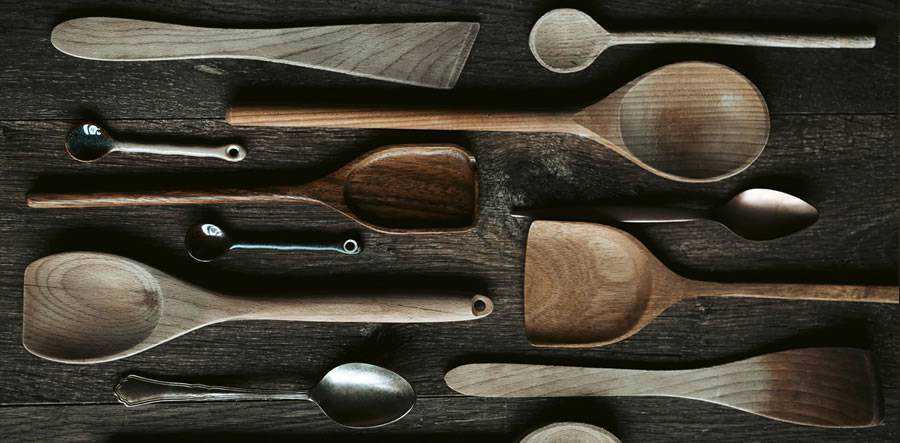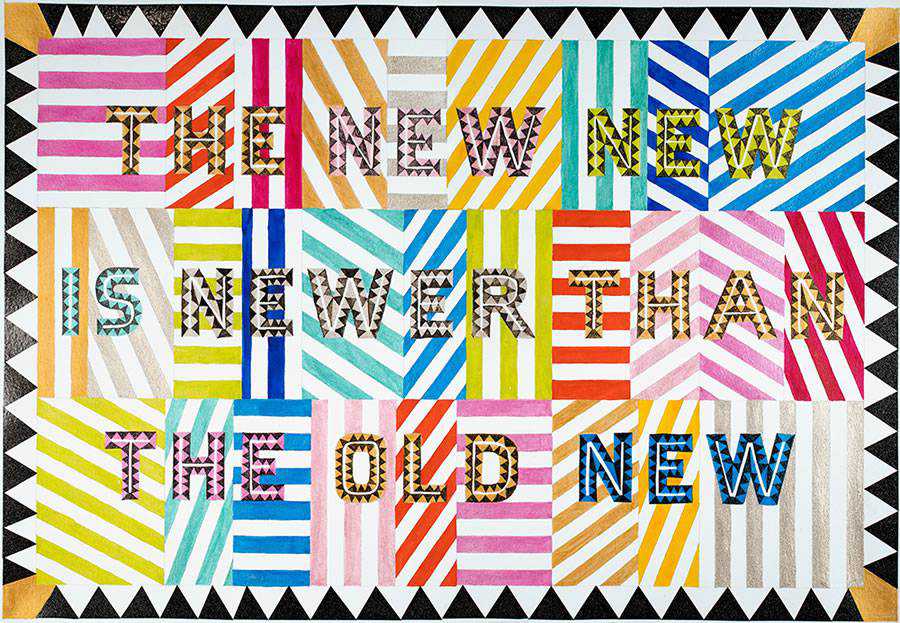Speckyboy RSS: The Personal Process of Choosing the Right Design Tool
|
Older messages
Speckyboy RSS: Your Web Design Business Has Grown: How Do You Manage Legacy Clients?
Tuesday, March 9, 2021
Your latest Speckyboy content is here!. Speckyboy Design Magazine Design News, Resources & Inspiration Your Web Design Business Has Grown: How Do You Manage Legacy Clients? By Eric Karkovack on Mar
Speckyboy RSS: Weekly News for Designers № 582
Friday, March 5, 2021
Your latest Speckyboy content is here!. Speckyboy Design Magazine Design News, Resources & Inspiration Weekly News for Designers № 582 By Speckyboy on Mar 05, 2021 09:43 am Envato Elements Gradient
Speckyboy RSS: The Right Way to Add Recurring Revenue to Your Web Design Business
Wednesday, March 3, 2021
Your latest Speckyboy content is here!. Speckyboy Design Magazine Design News, Resources & Inspiration The Right Way to Add Recurring Revenue to Your Web Design Business By Eric Karkovack on Mar 03
Speckyboy RSS: Tips to Help You Power Through Projects with the WordPress Gutenberg Block Editor
Tuesday, March 2, 2021
Your latest Speckyboy content is here!. Speckyboy Design Magazine Design News, Resources & Inspiration Tips to Help You Power Through Projects with the WordPress Gutenberg Block Editor By Eric
Speckyboy RSS: Weekly News for Designers № 581
Friday, February 26, 2021
Your latest Speckyboy content is here!. Speckyboy Design Magazine Design News, Resources & Inspiration Weekly News for Designers № 581 By Speckyboy on Feb 26, 2021 09:54 am Envato Elements Finding
You Might Also Like
🐺 How to create a high impact press page.
Friday, February 14, 2025
͏ ͏ ͏ ͏ ͏ ͏ ͏ ͏ ͏ ͏ ͏ ͏ ͏ ͏ ͏ ͏ ͏ ͏ ͏ ͏ ͏ ͏ ͏ ͏ ͏ ͏ ͏ ͏ ͏ ͏ ͏ ͏ ͏ ͏ ͏ ͏ ͏ ͏ ͏ ͏ ͏ ͏ ͏ ͏ ͏ ͏ ͏ ͏ ͏ ͏ ͏
#494: UX and Product Design
Friday, February 14, 2025
Redesigning complex navigation, product design process, UX in legacy systems, UX workshops with users. Issue #494 • Feb 11, 2025 • View in the browser Smashing Newsletter Halò Smashing Friends, How do
Nick Mafi on Capturing LA’s Loss
Friday, February 14, 2025
View in your browser | Update your preferences ADPro 77 Stories Shared As we watched the worst fires in Los Angeles history spread across the city, the editors at AD came together to discuss the
🐺 Content that Converts - the replay is up!
Friday, February 14, 2025
And everyone who joined loved it! ͏ ͏ ͏ ͏ ͏ ͏ ͏ ͏ ͏ ͏ ͏ ͏ ͏ ͏ ͏ ͏ ͏ ͏ ͏ ͏ ͏ ͏ ͏ ͏ ͏ ͏ ͏ ͏ ͏ ͏ ͏ ͏ ͏ ͏ ͏ ͏ ͏ ͏ ͏ ͏ ͏ ͏
Designer or Couple’s Therapist?
Friday, February 14, 2025
View in your browser | Update your preferences ADPro Let's Make a Deal There's no shortage of spoils in the wonderfully eclectic Hudson Valley home of actor Walton Goggins and writer-director
178 / Visualize your dreams in 2025
Wednesday, January 15, 2025
Product Disrupt Logo Product Disrupt Half-Monthly Jan 2025 • Part 1 View in browser Welcome to Issue 178 Ever get curious about how this newsletter is doing? I shared the 2024 behind-the-scenes and
Mayer Rus on Loss, and Living, in LA
Tuesday, January 14, 2025
View in your browser | Update your preferences ADPro LA, I Love You Los Angeles has been my home for nearly 20 years, and the devastation here, now, is unfathomable. Entire neighborhoods have been
🐺 How to make a great first impression
Tuesday, January 14, 2025
With real examples. ͏ ͏ ͏ ͏ ͏ ͏ ͏ ͏ ͏ ͏ ͏ ͏ ͏ ͏ ͏ ͏ ͏ ͏ ͏ ͏ ͏ ͏ ͏ ͏ ͏ ͏ ͏ ͏ ͏ ͏ ͏ ͏ ͏ ͏ ͏ ͏ ͏ ͏ ͏ ͏ ͏ ͏ ͏ ͏ ͏ ͏ ͏ ͏ ͏ ͏ ͏ ͏ ͏ ͏ ͏ ͏ ͏ ͏ ͏ ͏ ͏ ͏ ͏ ͏ ͏ ͏ ͏ ͏ ͏ ͏ ͏ ͏ ͏ ͏ ͏ ͏ ͏ ͏ ͏ ͏ ͏ ͏ ͏ ͏ ͏ ͏ ͏ ͏ ͏ ͏ ͏
#490: Interface Design
Tuesday, January 14, 2025
How to design better interfaces, how to choose icons, optical effects, iconography, Gestalt principles and icon design. Issue #490 • Jan 14, 2025 • View in the browser Smashing Newsletter Buona
🐺LAST CHANCE to get 20%-off our PR Masterclass Series
Monday, January 13, 2025
Make 2025 your biggest press year yet. ͏ ͏ ͏ ͏ ͏ ͏ ͏ ͏ ͏ ͏ ͏ ͏ ͏ ͏ ͏ ͏ ͏ ͏ ͏ ͏ ͏ ͏ ͏ ͏ ͏ ͏ ͏ ͏ ͏ ͏ ͏ ͏ ͏ ͏ ͏ ͏ ͏ ͏ ͏ ͏ ͏ ͏ ͏ ͏ ͏ ͏ ͏ ͏ ͏ ͏ ͏ ͏ ͏ ͏ ͏ ͏ ͏ ͏ ͏ ͏ ͏ ͏ ͏ ͏ ͏ ͏ ͏ ͏ ͏ ͏ ͏ ͏ ͏ ͏ ͏ ͏ ͏ ͏ ͏ ͏ ͏

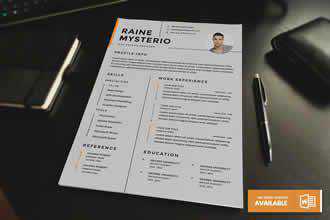
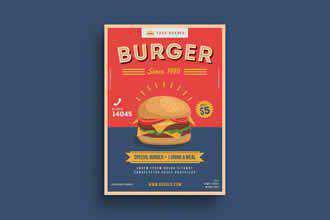
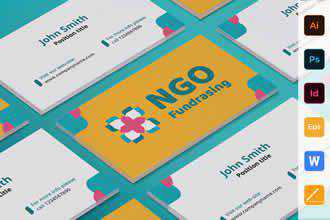
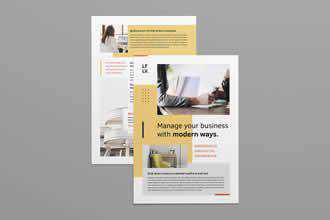
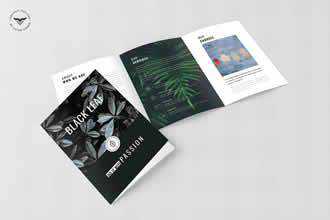

 laptop on desktop designer" width="900" class="alignnone size-full wp-image-127593 mcRssImage" srcset="https://speckyboy.com/wp-content/uploads/2021/03/personal-tool-choice-02.jpg 900w, https://speckyboy.com/wp-content/uploads/2021/03/personal-tool-choice-02-300x148.jpg 300w, https://speckyboy.com/wp-content/uploads/2021/03/personal-tool-choice-02-750x369.jpg 750w, https://speckyboy.com/wp-content/uploads/2021/03/personal-tool-choice-02-768x378.jpg 768w" sizes="(max-width: 900px) 100vw, 900px" border="0" style="max-width: 100%;width: 100%;padding-bottom: 0;display: inline;vertical-align: bottom;border: 0;height: auto;outline: none;text-decoration: none;-ms-interpolation-mode: bicubic;">
laptop on desktop designer" width="900" class="alignnone size-full wp-image-127593 mcRssImage" srcset="https://speckyboy.com/wp-content/uploads/2021/03/personal-tool-choice-02.jpg 900w, https://speckyboy.com/wp-content/uploads/2021/03/personal-tool-choice-02-300x148.jpg 300w, https://speckyboy.com/wp-content/uploads/2021/03/personal-tool-choice-02-750x369.jpg 750w, https://speckyboy.com/wp-content/uploads/2021/03/personal-tool-choice-02-768x378.jpg 768w" sizes="(max-width: 900px) 100vw, 900px" border="0" style="max-width: 100%;width: 100%;padding-bottom: 0;display: inline;vertical-align: bottom;border: 0;height: auto;outline: none;text-decoration: none;-ms-interpolation-mode: bicubic;">